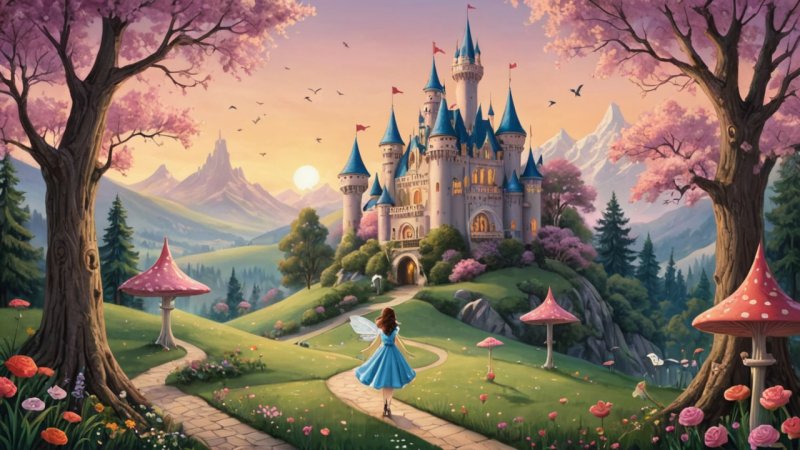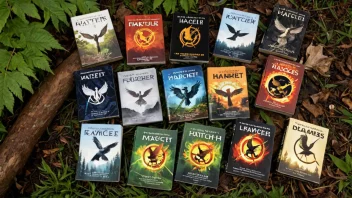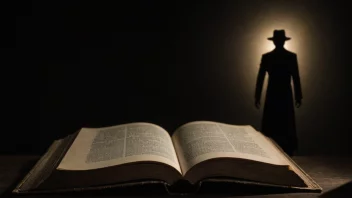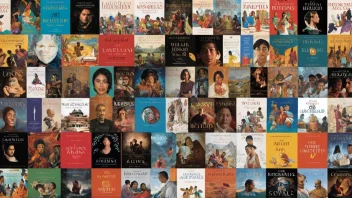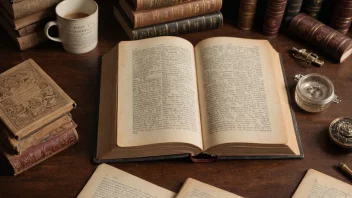Fairy tales have long been a cornerstone of literature, weaving magic, morality, and imagination into our cultural fabric. In recent years, there has been a notable resurgence of fairy tale themes within modern fantasy literature, captivating readers with fresh interpretations and innovative narratives. This trend not only revives beloved stories but also recontextualizes them to reflect contemporary issues and sensibilities. Here are five key aspects of how fairy tales are influencing modern fantasy literature today.
1. Reimagining Classic Narratives
Authors are increasingly taking well-known fairy tales and giving them a contemporary twist. This reimagining often involves shifting perspectives, such as telling the story from the villain’s point of view or exploring the backstories of secondary characters. For instance, books like Queen of Snow by Laura Byron delve into the psyche of characters like the Snow Queen, providing depth and complexity that traditional tales often lack. Readers are drawn to these new narratives that challenge their preconceived notions about classic tales.
2. Blending Genres
Another exciting trend is the blending of fairy tale elements with various genres, creating a rich tapestry of storytelling. Modern fantasy often incorporates elements of romance, horror, or even dystopian themes, seamlessly integrating them with fairy tale motifs. For example, The Bear and the Nightingale by Katherine Arden merges Russian folklore with historical fiction, creating a hauntingly beautiful atmosphere that captivates readers. This blending not only attracts fans of different genres but also enriches the narrative experience.
3. Feminist Reinterpretations
Many contemporary authors are using fairy tales to explore feminist themes, challenging traditional gender roles and empowering female protagonists. Books like Girls Made of Snow and Glass by Melissa Bashardoust offer a fresh take on the Snow White story, transforming the characters into complex, dynamic individuals with their own desires and struggles. This movement towards feminist reinterpretations resonates with today’s readers, emphasizing themes of agency, strength, and resilience.
4. Thematic Depth and Social Commentary
Modern fairy tales often serve as a vehicle for social commentary, addressing pressing issues such as inequality, environmental concerns, and mental health. These narratives use the fantastical elements of fairy tales to shine a light on real-world problems, making them more accessible to readers. For example, The Hazel Wood by Melissa Albert intertwines dark fairy tale elements with themes of privilege and the consequences of storytelling, prompting readers to reflect on their own societal structures.
5. A Growing Community of Readers
The resurgence of fairy tales in modern fantasy has also fostered a vibrant community of readers who are eager to discuss and share their experiences. Online platforms like Goodreads and various book blogs allow readers to connect over their favorite contemporary fairy tales, share recommendations, and engage in discussions about the themes and implications of these stories. This sense of community not only enhances the reading experience but also encourages new authors to explore the fairy tale genre, ensuring its continued evolution.
In conclusion, the resurgence of fairy tales in modern fantasy literature is a testament to the genre's enduring charm and versatility. By reimagining classic narratives, blending genres, embracing feminist themes, offering social commentary, and fostering a community of passionate readers, contemporary authors are breathing new life into these timeless stories. As we continue to explore the depths of fairy tales, we can look forward to a future where magic and reality coexist in fascinating ways.
